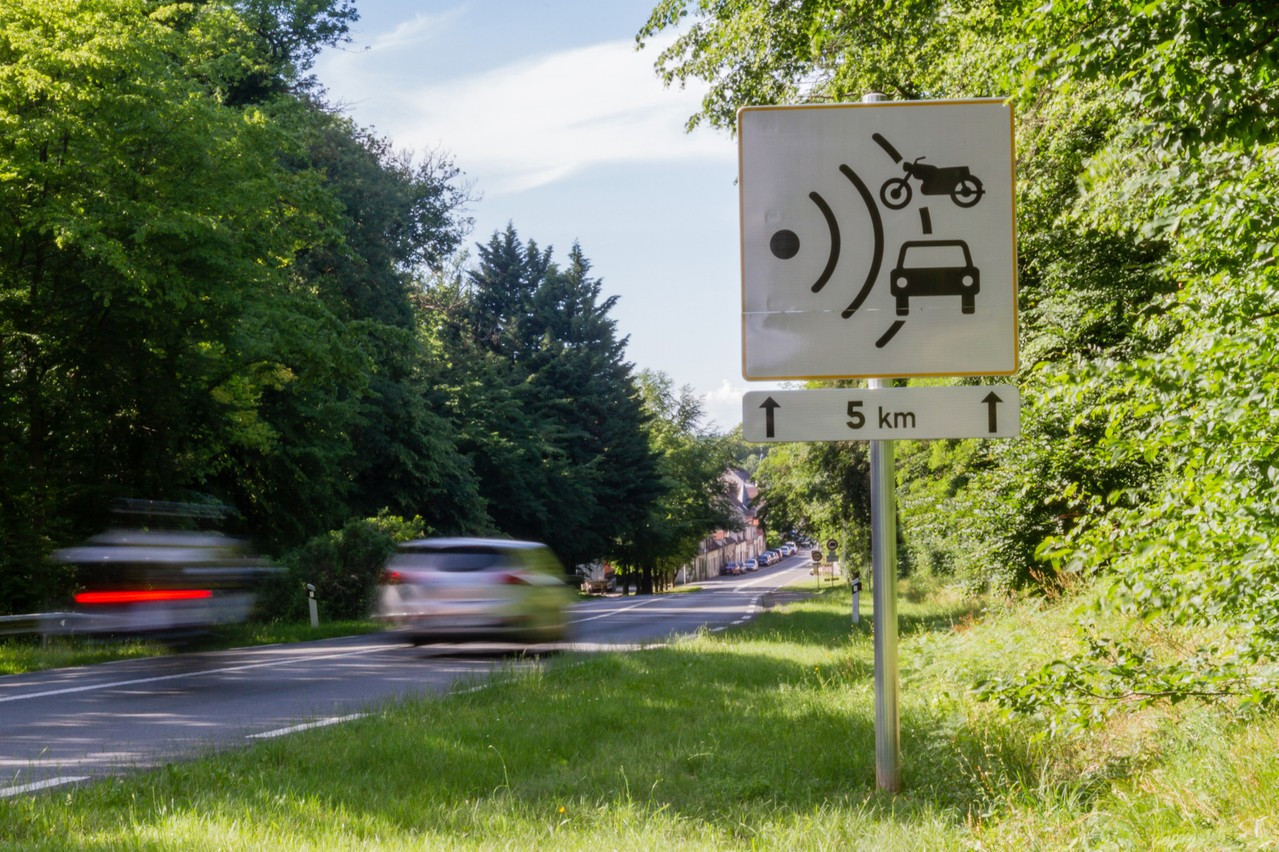The camera will be installed in the 1.5km-long Markusberg tunnel where speed is reduced to 90km/h for regular vehicles and 70km/h for heavy goods vehicles.
During the test phase, which will take several weeks, no speeding tickets will be issued and data collected by the machine will be deleted. A date has not yet been set for the speed camera to become fully operational.
This will be the second average speed camera in Luxembourg. The first became operational in June last year on a 3.8km stretch of the N11 between Waldhof and Gonderange. Radar columns fitted with cameras installed at each end of the section calculate overall speed. This means drivers must adhere to the limit for the entire stretch to escape a fine.
In the first three months of being operational, the average speed camera on the N11 caught nearly 1,500 speeding drivers.
Luxembourg introduced fixed speed cameras in 2016. There are currently 24 such devices scattered across the country and they accounted for nearly three quarters of speeding drivers caught between 2016 and June 2020. The others were caught by mobile units and speed cameras at construction sites.
In July this year, the grand duchy added to its arsenal of speed cameras by adding a red light camera at Place de l’Etoile, which captures drivers running the red light at the intersection that crosses paths with the tram. During its first month, the camera , including regular speeding tickets.
Last year, 26 people , up from 22 in 2019, even though the overall number of accidents diminished by 20%--although the March to May pandemic lockdown could be behind this decrease.
More than half of fatal accidents occurred on country roads (62%), followed by towns and cities (21%) and motorways (17%), while serious accidents happened in equal measure in urban and rural areas (47%) and to a lesser degree on motorways (6%).
Speeding and driving under the influence of drugs and alcohol were among the leading causes of fatal and serious accidents, most of which happened in the summer and in good weather conditions.
The number of people seriously injured shrank from 248 to 217, with 744 people suffering minor injuries in an accident, down from 1,048.
